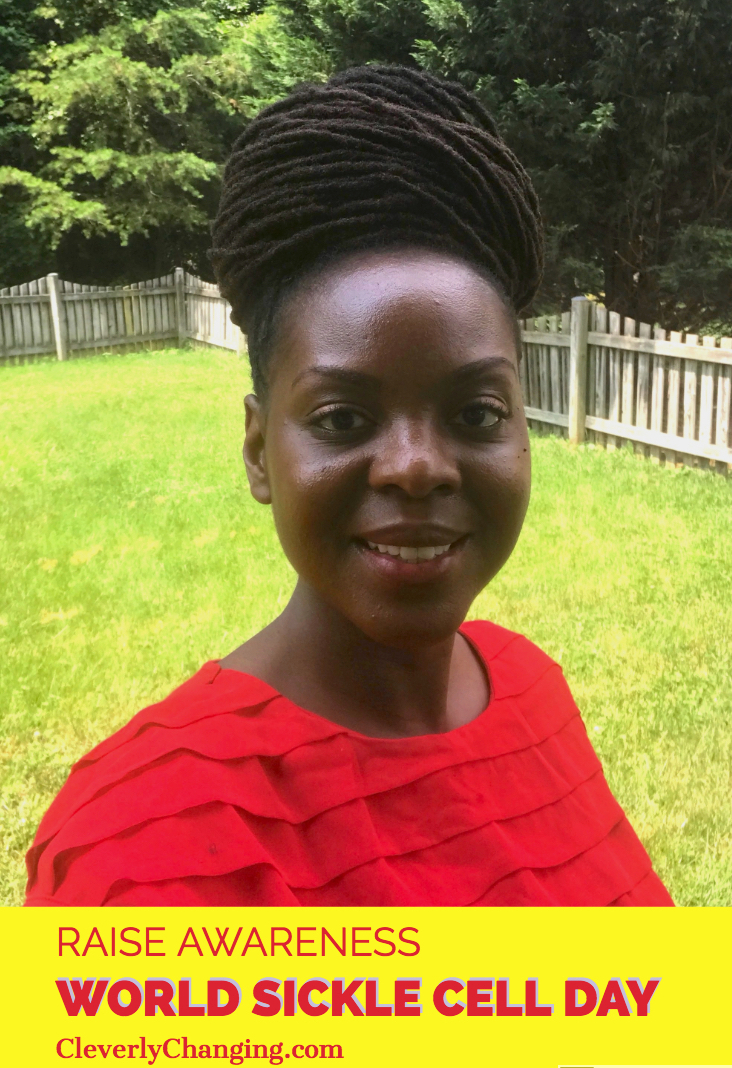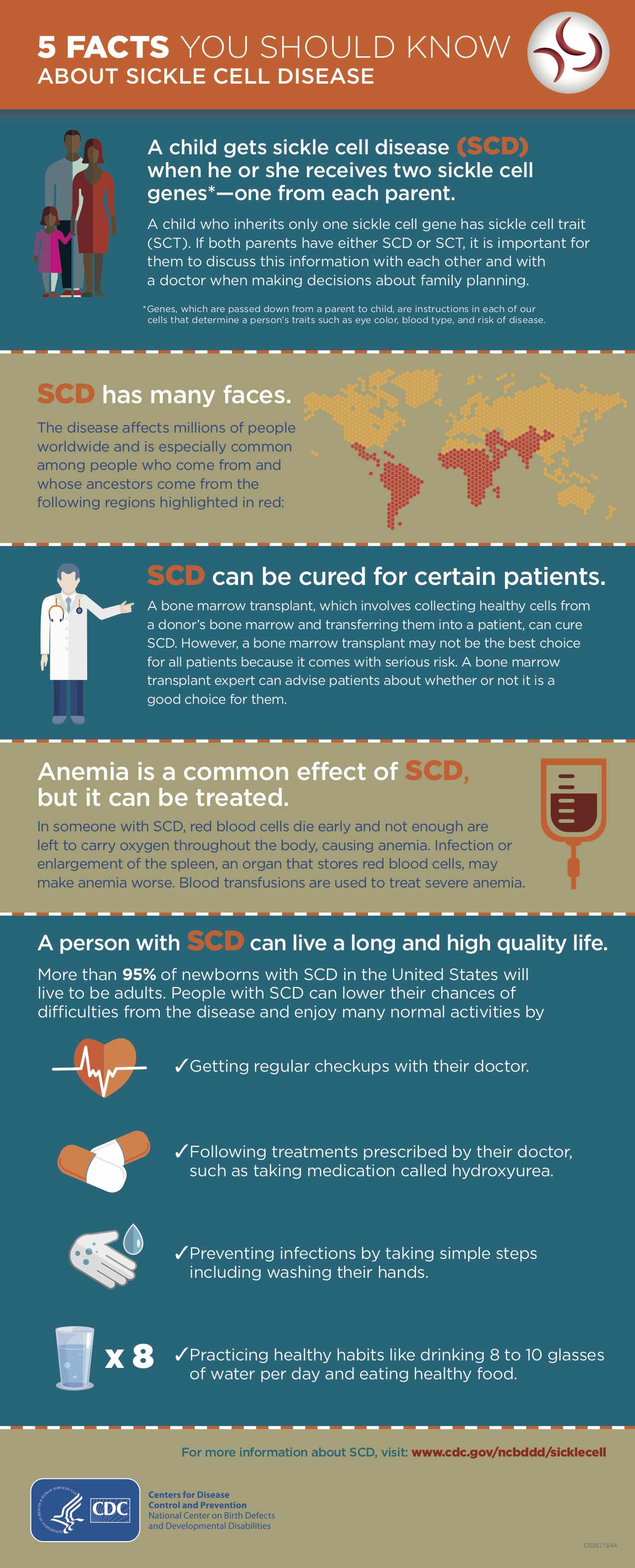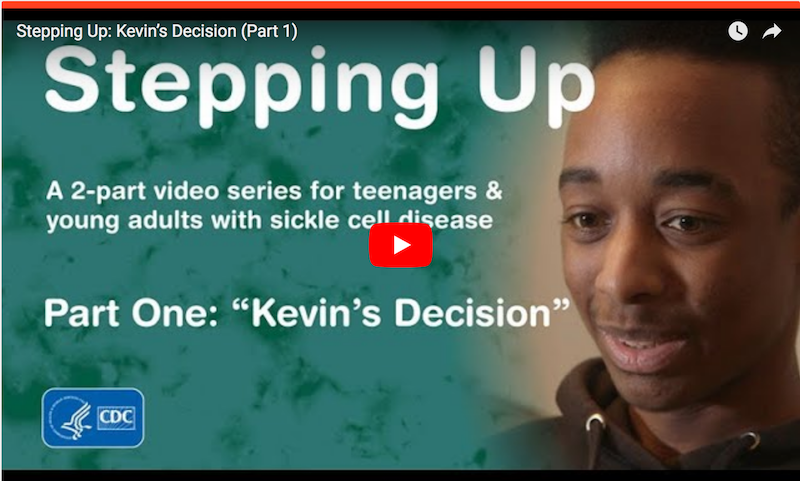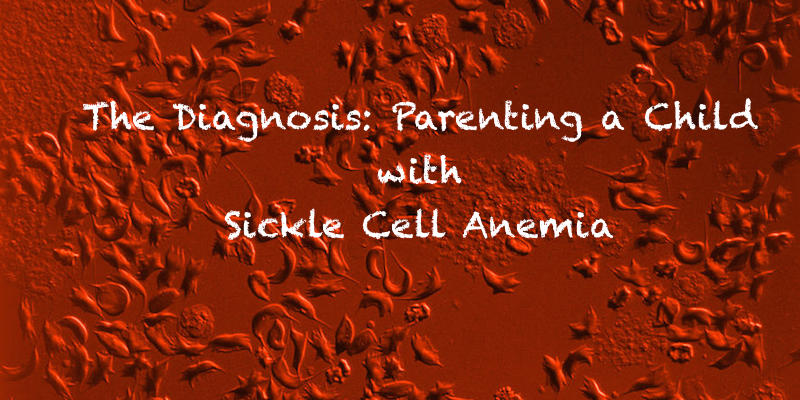As you know World Sickle Cell Day is very close to my heart. Everyday that I look at my daughter and she lives pain-free is a blessing. So far with a healthy diet and drinking plenty of fluids her life has been fine. However, as she grows I learn that when she transitions into adult care her life may be different. I am trying to do all I can now to make sure that she will be equipped with the knowledge to understand how her body works.

Today I partnered with the CDC to share with you information about transition care for children living with sickle cell disease as they enter their adult years. It turns out that while many children are able to live with sickle cell disease, when they grow older the disease appears to be worse and harder on their bodies. There are a number of different reasons adults with sickle cell have more complications, but hopefully through research medical advances will help the outcome become better.
The following information is from the CDC:
- Beginning in the teen years and into adulthood, the health of patients with SCD often gets worse. This period is called “transition.” Young adults with SCD suffer from more frequent SCD-related complications than younger pediatric patients.
- During transition, people with SCD often face many barriers to care:
- The number of physicians trained and willing to treat patients with SCD, especially adults is limited.
- Young adults with SCD often do not receive HU because few adult healthcare providers are knowledgeable about SCD.
- Healthcare providers may inaccurately perceive SCD patients as drug-seekers and may doubt their severity of pain. As a result, patients with SCD often experience longer wait times to see a doctor and to get pain medication when visiting the emergency department.

What can you do today (on World Sickle Cell Day) to make a difference in the life of someone living with Sickle Cell?
- Donate to an organization that helps people living with sickle cell. I am also an ambassador for St. Jude Children’s Research Hospital, which means that on a regular basis I encourage people to donate to their hospital which helps thousands of patients living with sickle cell either directly or through research.
- Give blood. Many people living with sickle cell become so anemic that they need to receive blood transfusions regularly.
- Raise awareness. You can retweet sickle cell related messages on Twitter or Facebook by following the #sicklecell hashtag.
Check out my video on Instagram
The Truth About the “Cure”
The bone marrow and stem cell transplants are just as much a cure for sickle cell as they are for cancer patients. Frankly, they don’t work for everyone and it is hard to find an exact match in some cases. Also, after the transplant is received the patient’s body may reject the bone marrow so it is advised that the patient take medication for prevention. Also, the procedure is extremely costly and many patients cannot afford it. Therefore, parents like me, are hoping and praying for a better more universal cure. Check out my post: “Sickle Cell Disease – The Truth About the Cure #30forSickleCell.”


